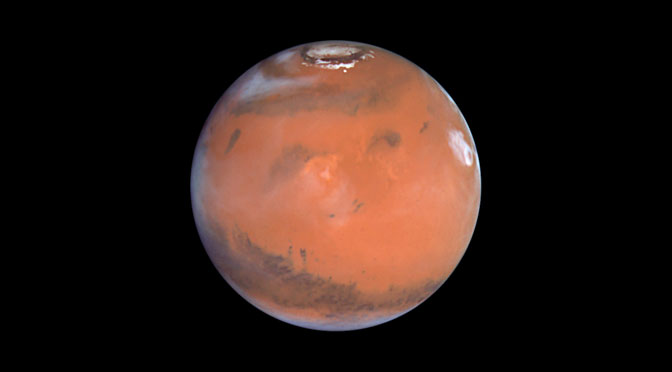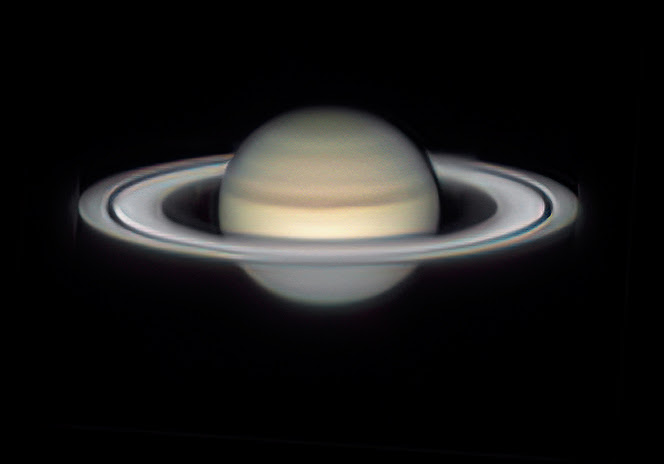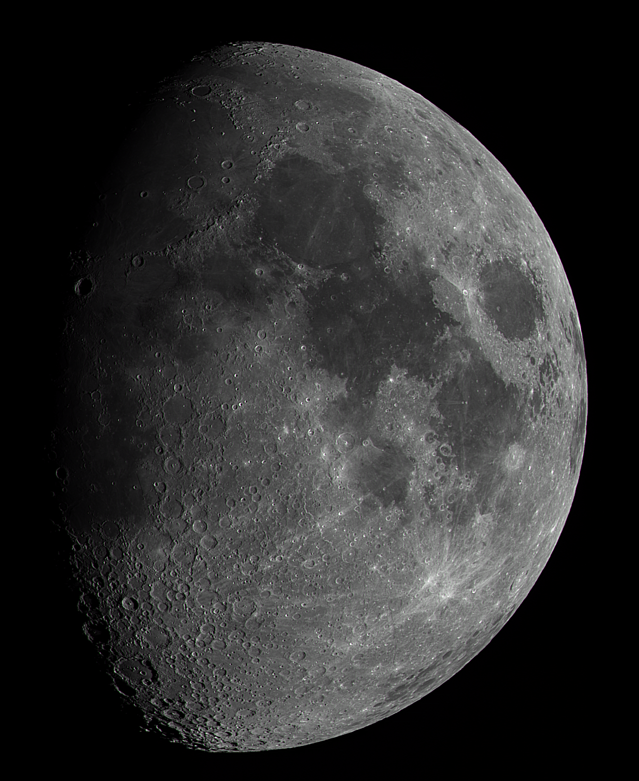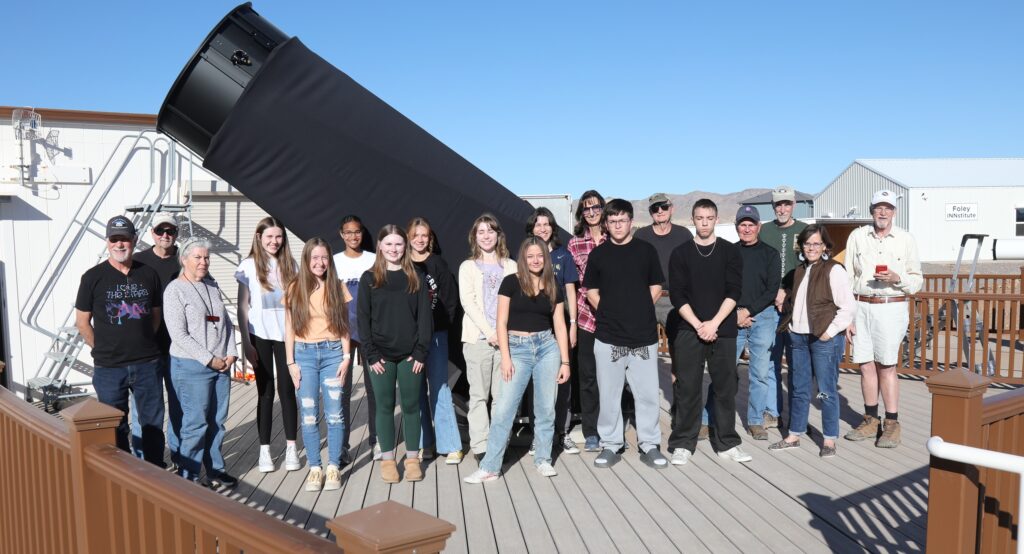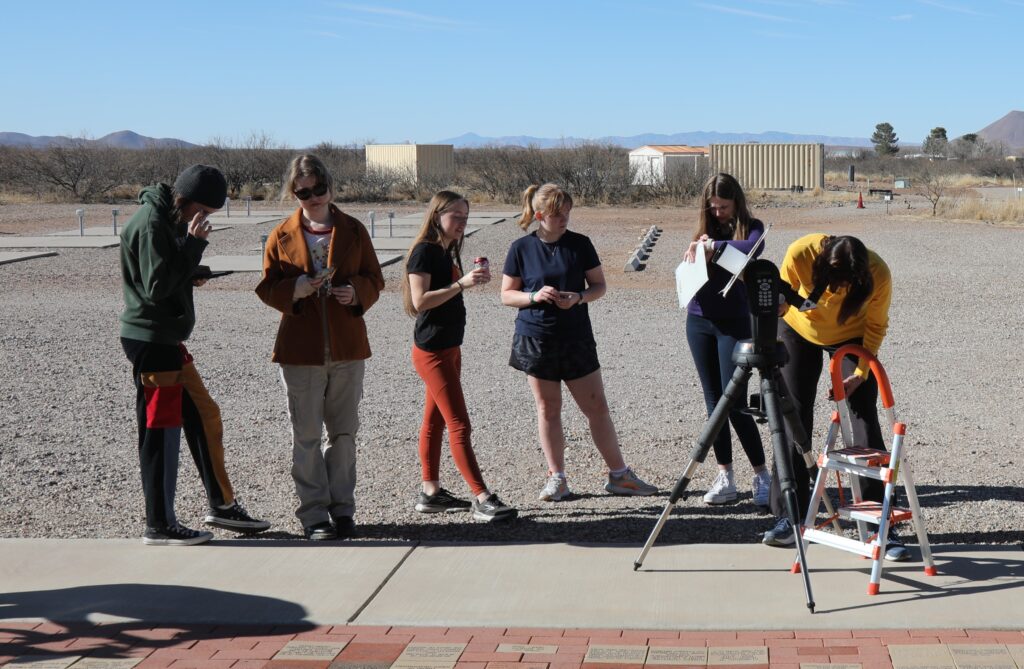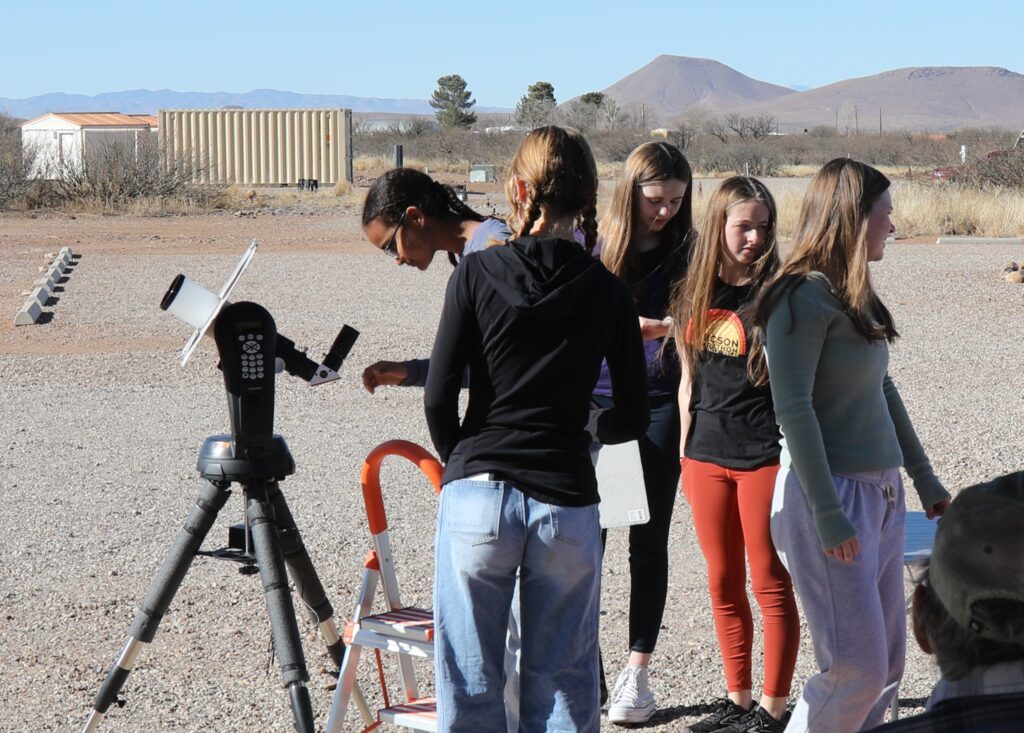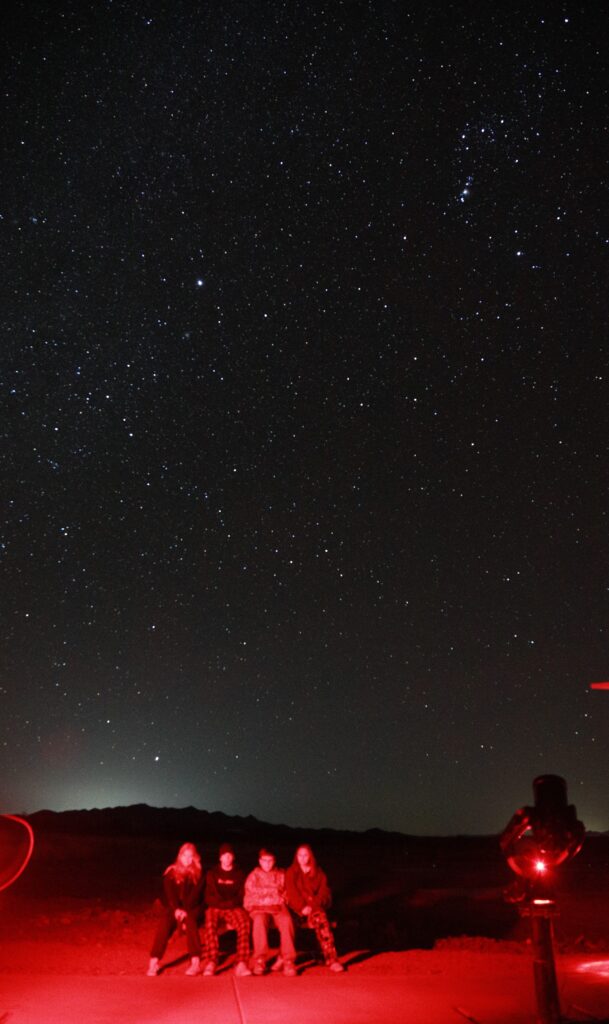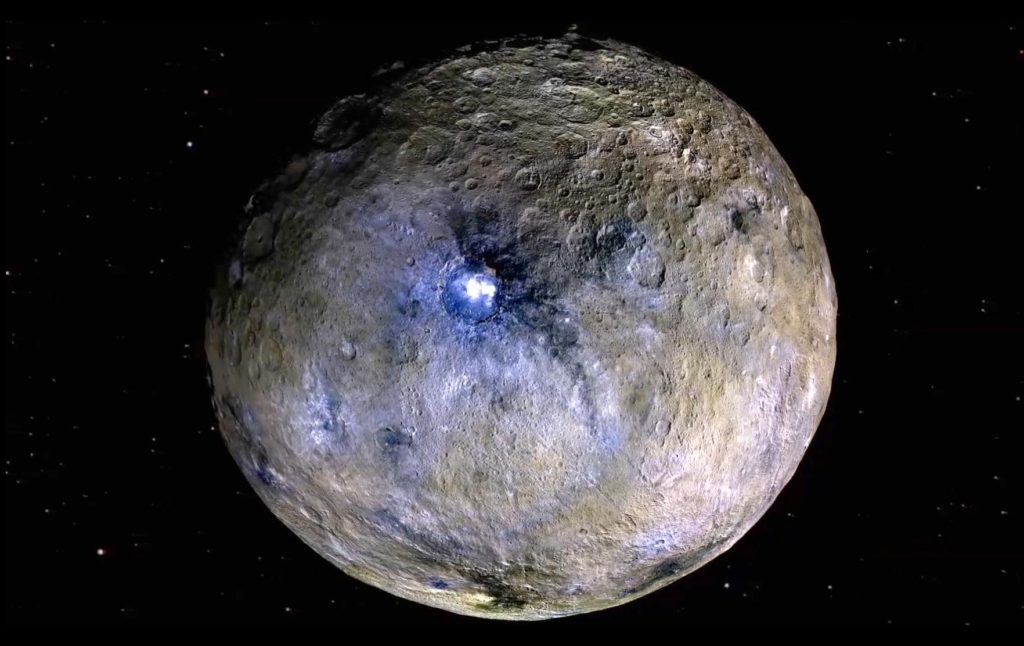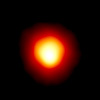By Erich Karkoschka

Mercury is well visible during the second half of June, not far from Pollux in Gemini. It sets at 9 pm, but already appears before 8 pm in the bright twilight.
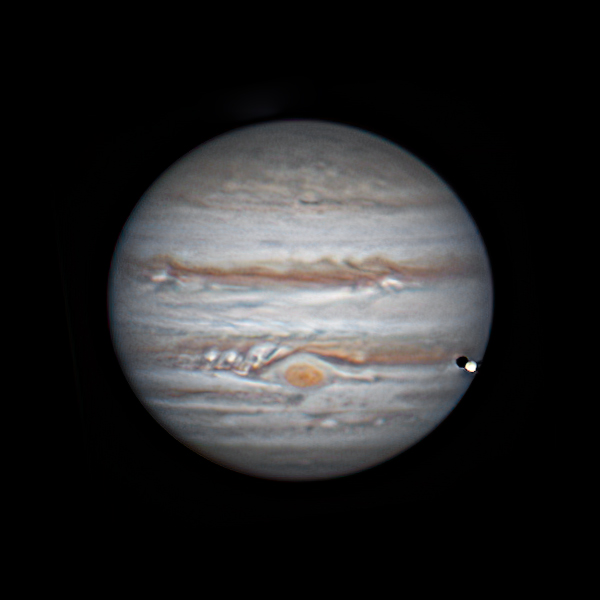
Jupiter is close to Elnath, the southern star of the Auriga hexagon. It is visible low in the west during dusk until June 8, when Jupiter passes a few arc-minutes south of the summer solstice point, the location of the sun at the summer solstice. It marks the peak declination of its 12-year track through the constellations.

Mars is high in the southwest during dusk and sets around midnight. On June 15 it is less than a degree north of Regulus, which has the same magnitude but is bluish against Mars’ orange color.
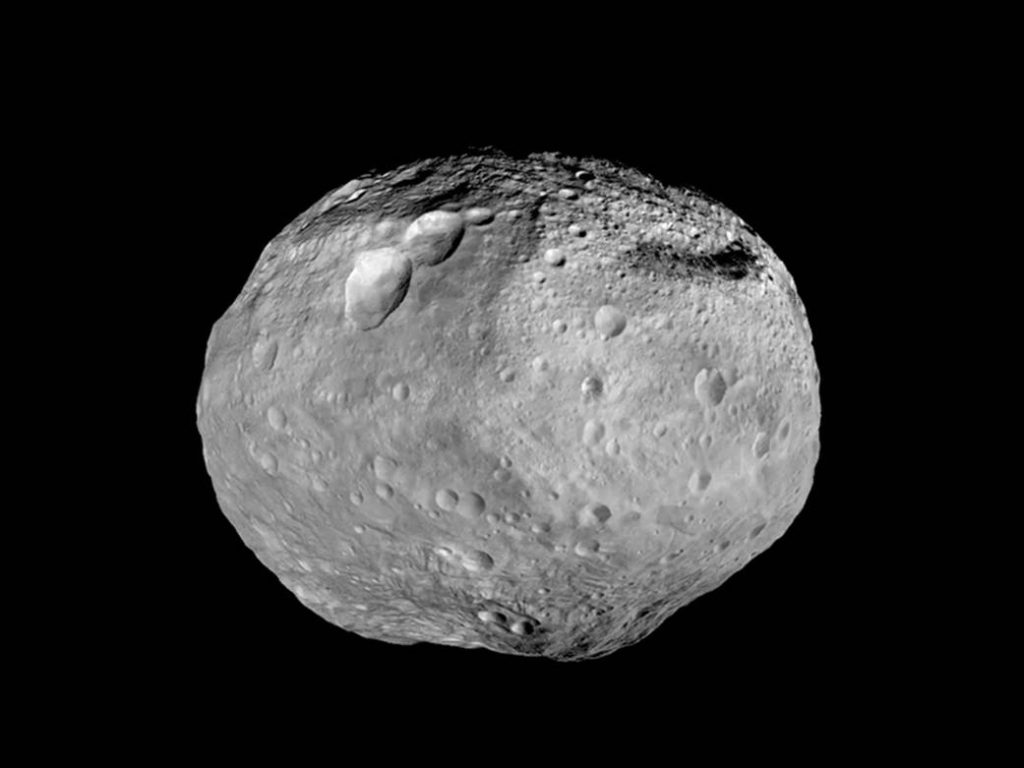
After midnight, there are a couple of hours with no planet in sight. Except if you have dark sky and good vision, you can see Vesta, minor planet no. 4 at magnitude 6, even 5.6 during the first week of May. It passes through eastern Virgo, just south of the celestial equator. In May, it moves sufficiently fast to be able to notice its motion from night to night by naked eye. In June it slows down to become prograde again.

Venus rises at 2:40 am in early May and an hour earlier by late June. It is close to maximum magnitude in early May. It moves from the first point of Aries (which is in Pisces) to close to the Pleiades by the end of June. In a telescope it is a beautiful crescent in May going through half illuminated in early June.

Saturn rises before 4 am at the beginning of May, but already at midnight by the end of June. Saturn’s rings are invisible since the Earth is south of the ring plane while the sun still illuminates the northern side. On May 6, the sun crosses the ring plane to the south, and the rings become better and better illuminated. Saturn is close to first point of Aries, also close to Venus at the beginning of May. In the vicinity is also Neptune, and Saturn and Neptune will be only one degree apart from each other for all June and well into the summer, a great opportunity to easily locate Neptune in binoculars and telescopes.

The Moon is an extremely thin crescent on the evening of May 27 and a thicker one on June 26.


